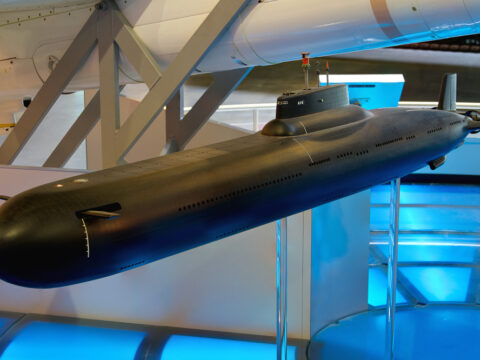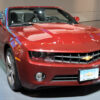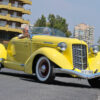Luxury cars often define a brand, but some automakers fade into history, taking their iconic vehicles with them. In this list, we’ll explore 20 luxury cars from automakers that no longer exist. These forgotten gems showcase timeless craftsmanship and innovation, proving that even defunct brands left their mark on automotive history.
Contents
Duesenberg Model J – Duesenberg (USA)
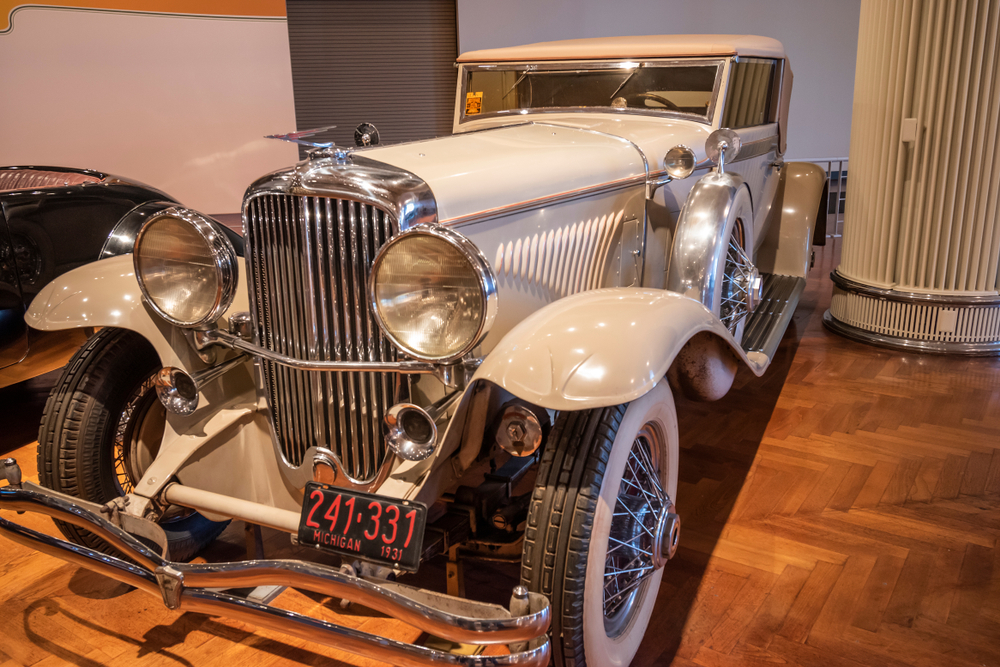
The Duesenberg Model J is the epitome of 1920s American luxury. Known for its sheer opulence and engineering brilliance, it boasted a powerful straight-eight engine producing 265 horsepower, allowing it to reach 119 mph. The Model J’s custom-built bodies were crafted by top coachbuilders, making each car unique. Its lavish interiors and bold, Art Deco design set a standard for luxury cars, cementing Duesenberg’s reputation as the finest luxury automaker of its time.
Cord 810/812 – Cord (USA)
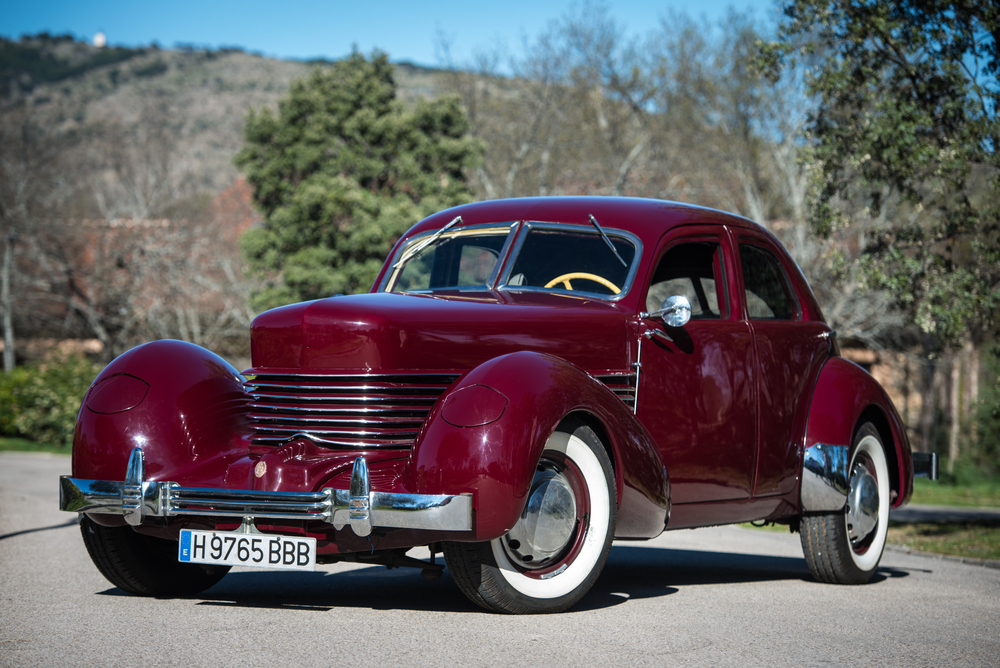
The Cord 810/812 was revolutionary for its sleek, futuristic design and advanced engineering. It featured America’s first front-wheel-drive system, and its hidden headlights were an innovative touch, unseen in other cars at the time. Powered by a supercharged V8 engine, the 812 could reach speeds of 110 mph. With its striking “coffin nose” design, the Cord 810/812 remains an icon of pre-war automotive elegance and innovation.
Packard Caribbean – Packard (USA)
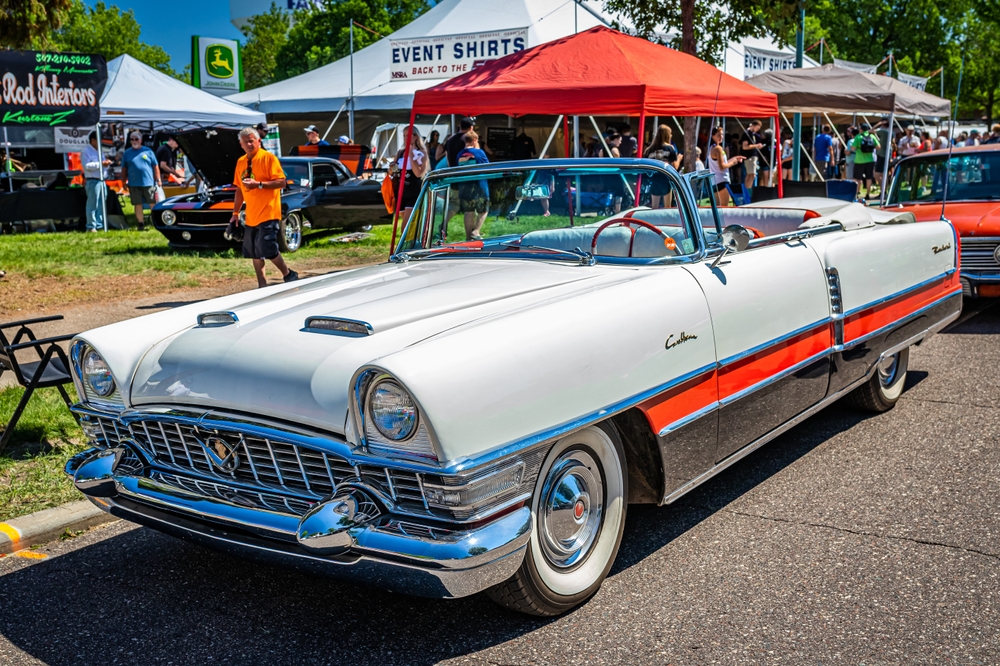
Packard was synonymous with luxury, and the Packard Caribbean, especially the 1956 model, exemplified this. Featuring a 374-cubic inch V8 engine with 310 horsepower, it offered impressive performance alongside its refined design. The Caribbean had luxurious interiors with leather upholstery and advanced features like self-leveling suspension. It was a symbol of post-war American luxury, making it one of Packard’s most prestigious models before the company ceased operations.
Tucker 48 – Tucker (USA)
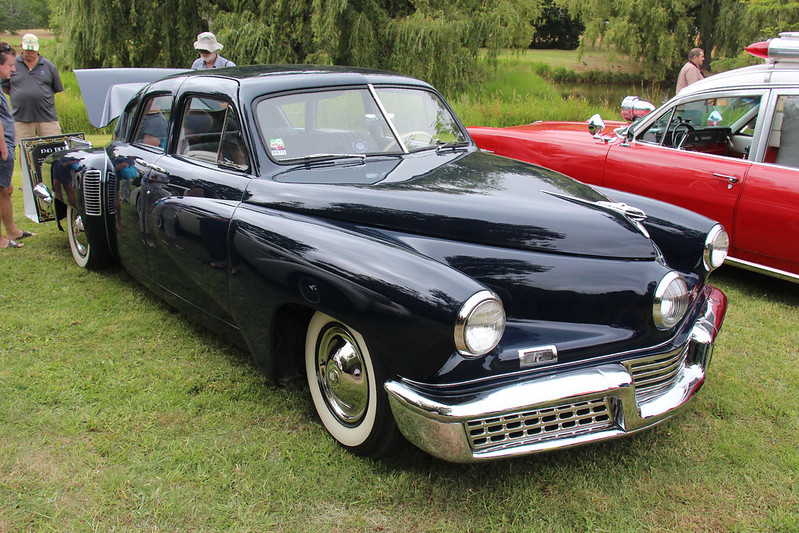
The Tucker 48 is a symbol of innovation, ahead of its time in safety and design features. Created by Preston Tucker, it introduced safety innovations such as a shatterproof windshield, a reinforced passenger cell, and a third headlight that turned with the steering. Powered by a rear-mounted flat-six engine, the Tucker 48 had a streamlined, futuristic design. Despite only 51 being made, its engineering brilliance makes it one of the most notable defunct luxury cars.
Horch 853 – Horch (Germany)
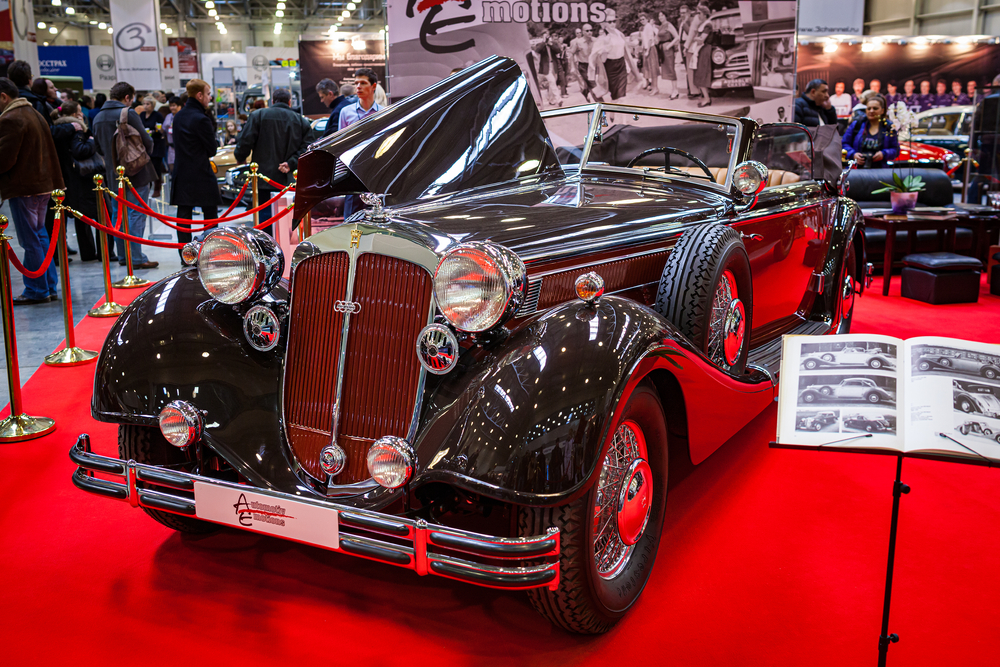
The Horch 853 was a symbol of German engineering prowess in the pre-war period. Known for its elegance and technical sophistication, the 853 featured a 5.0-liter straight-eight engine, capable of 100 horsepower. Its luxurious interior and spacious bodywork made it a favorite among European aristocracy. With its grand proportions and impeccable craftsmanship, the Horch 853 epitomized 1930s luxury.
Auburn 851 Speedster – Auburn (USA)

The Auburn 851 Speedster is a striking blend of style and performance, famous for its streamlined design and supercharged engine. Capable of reaching speeds over 100 mph, it was one of the fastest cars of its time. The sweeping curves and boat-tail rear end gave it a unique appearance, while the hand-crafted interior and luxurious detailing made it a true American luxury car from a defunct automaker.
DeLorean DMC-12 – DeLorean (USA)
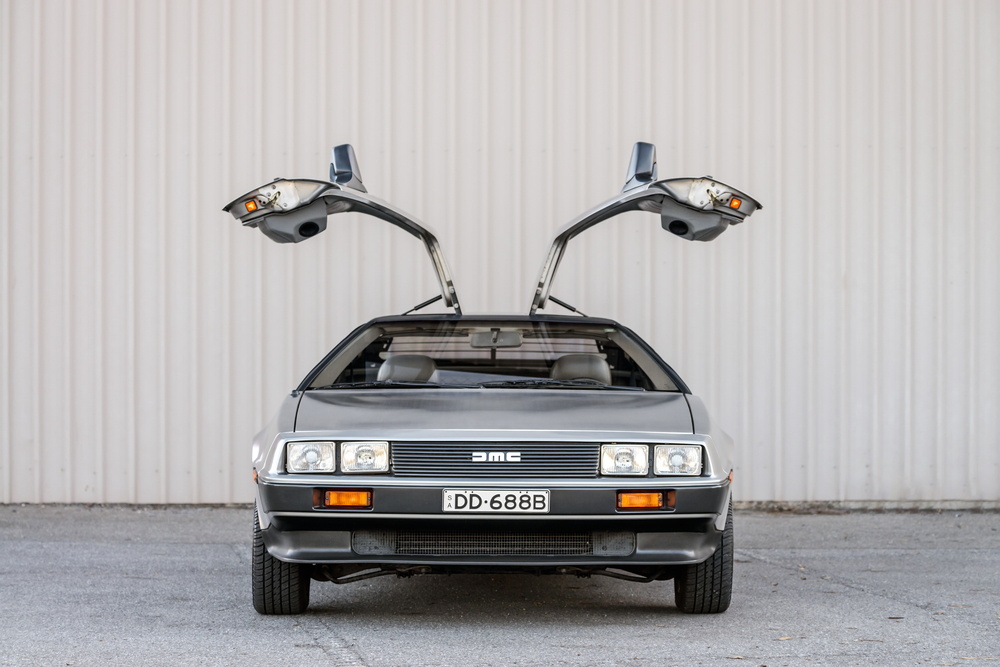
Famous for its starring role in Back to the Future, the DeLorean DMC-12 is also known for its stainless steel body and gullwing doors, making it an instant classic. Despite its underwhelming performance with a 2.85-liter V6 engine producing only 130 horsepower, its futuristic design and iconic status have kept it a luxury cult favorite. Though DeLorean as a company was short-lived, the DMC-12 remains a symbol of automotive innovation.
Talbot-Lago T150-C SS – Talbot-Lago (France)
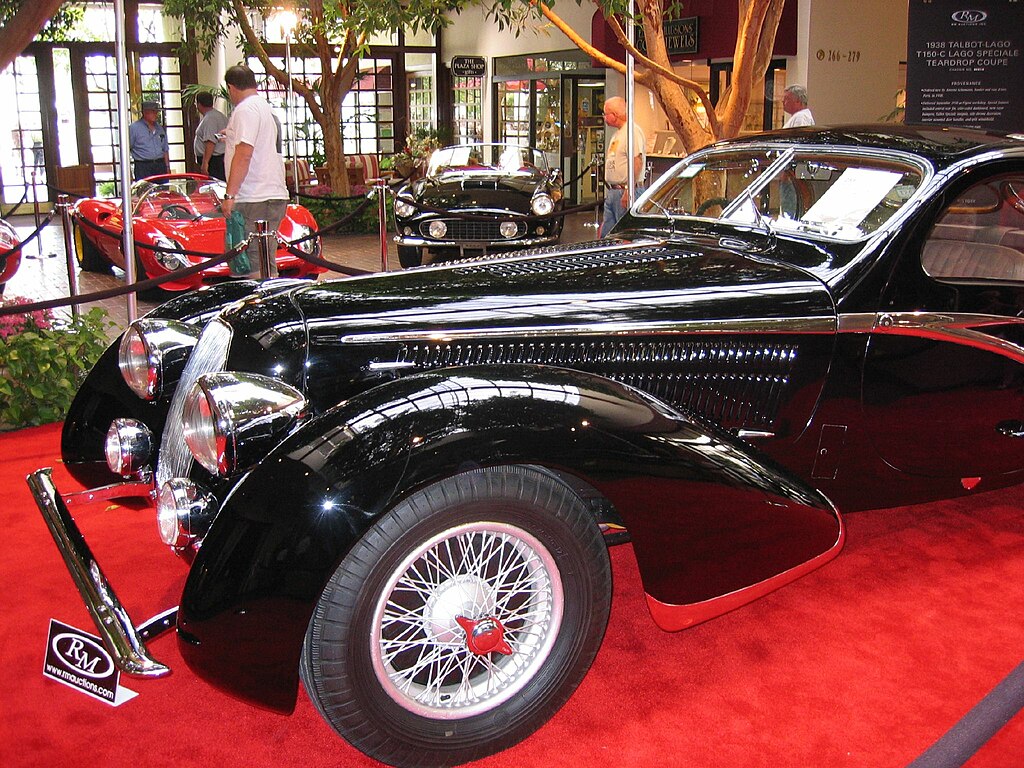
The Talbot-Lago T150-C SS is renowned for its breathtaking “teardrop” bodywork, one of the most beautiful designs of the pre-war era. Powered by a 4.0-liter straight-six engine, it was not only a masterpiece of art but also a capable performance car, with a top speed of around 115 mph. Talbot-Lago’s attention to detail, luxurious interiors, and aerodynamic styling make this a standout in the world of luxury cars.
Iso Grifo – Iso (Italy)
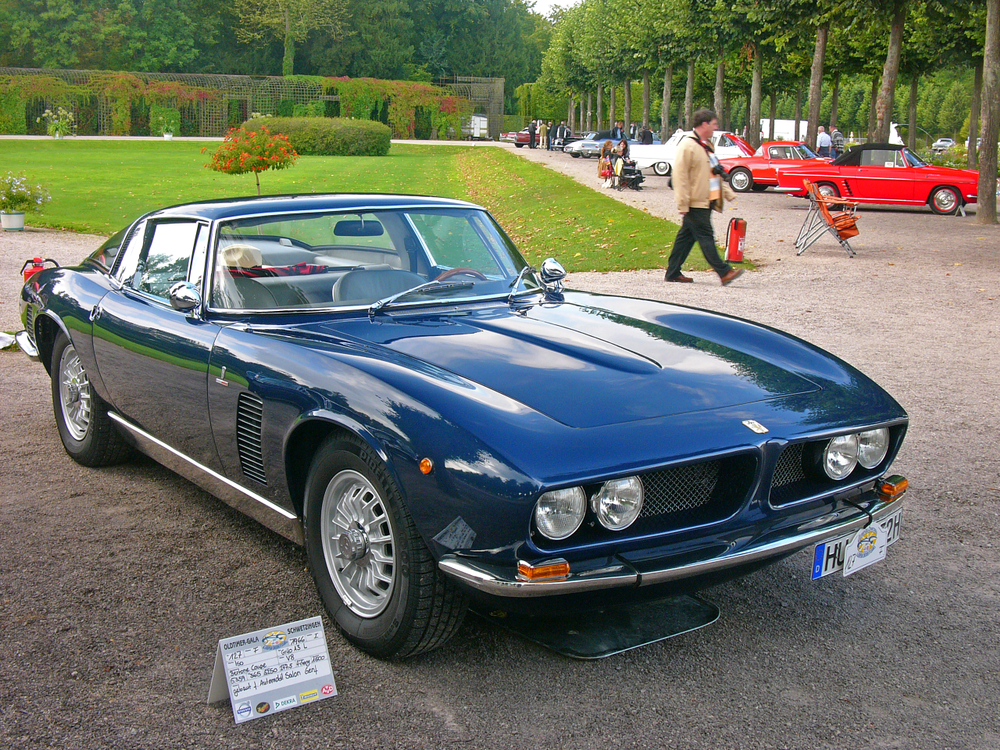
The Iso Grifo combined Italian design with American muscle, featuring a sleek body by Bertone and a powerful V8 engine sourced from Chevrolet. Its 5.4-liter engine could deliver 365 horsepower, giving the Grifo impressive speed and handling. Known for its luxurious interior and grand tourer qualities, the Grifo was a rare blend of style, luxury, and performance, securing its place in automotive history.
Facel Vega HK500 – Facel Vega (France)
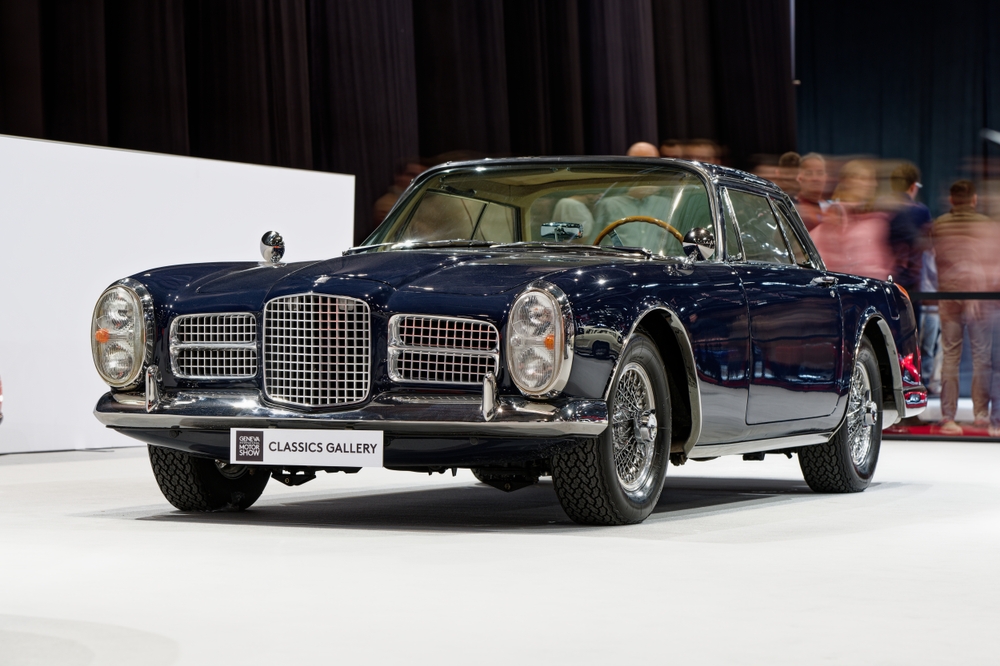
The Facel Vega HK500 was a French luxury coupe that offered a unique combination of European refinement and American power. It was powered by a Chrysler V8 engine, with outputs ranging from 335 to 360 horsepower, making it one of the fastest luxury cars of its era. The HK500’s hand-built interior, complete with leather seats and wood trim, exuded French elegance, while its powerful engine delivered impressive performance.
Cunningham C-3 – Cunningham (USA)
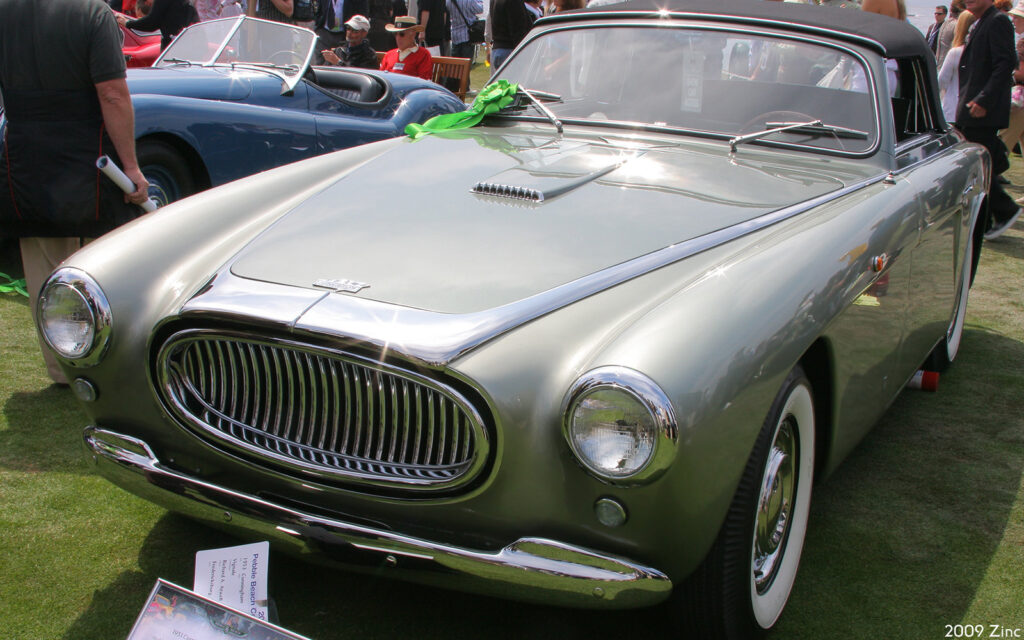
The Cunningham C-3 was a limited-production luxury sports car designed by American racing legend Briggs Cunningham. With a Chrysler Hemi V8 engine producing 220 horsepower, it was a high-performance vehicle wrapped in a sleek, hand-built body. The C-3’s craftsmanship and racing pedigree made it a rare and desirable luxury car from a short-lived automaker.
Marmon Sixteen – Marmon (USA)

The Marmon Sixteen was one of the most luxurious and advanced cars of its time, featuring an aluminum-bodied V16 engine that produced 200 horsepower, a staggering figure in the 1930s. Its streamlined design, high-quality materials, and opulent interior set it apart as a top-tier luxury vehicle. The Marmon Sixteen was one of the last great American luxury cars before the company went out of business.
Hispano-Suiza J12 – Hispano-Suiza (Spain/France)

The Hispano-Suiza J12 was a luxury car known for its engineering excellence and grand size. Powered by a 9.4-liter V12 engine, it was one of the most powerful cars of its time, offering up to 220 horsepower. With its handcrafted interior, featuring the finest materials, and a reputation for supreme comfort, the J12 was a favorite among royalty and elites, representing the peak of luxury motoring in the 1930s.
Lagonda V12 – Lagonda (UK)
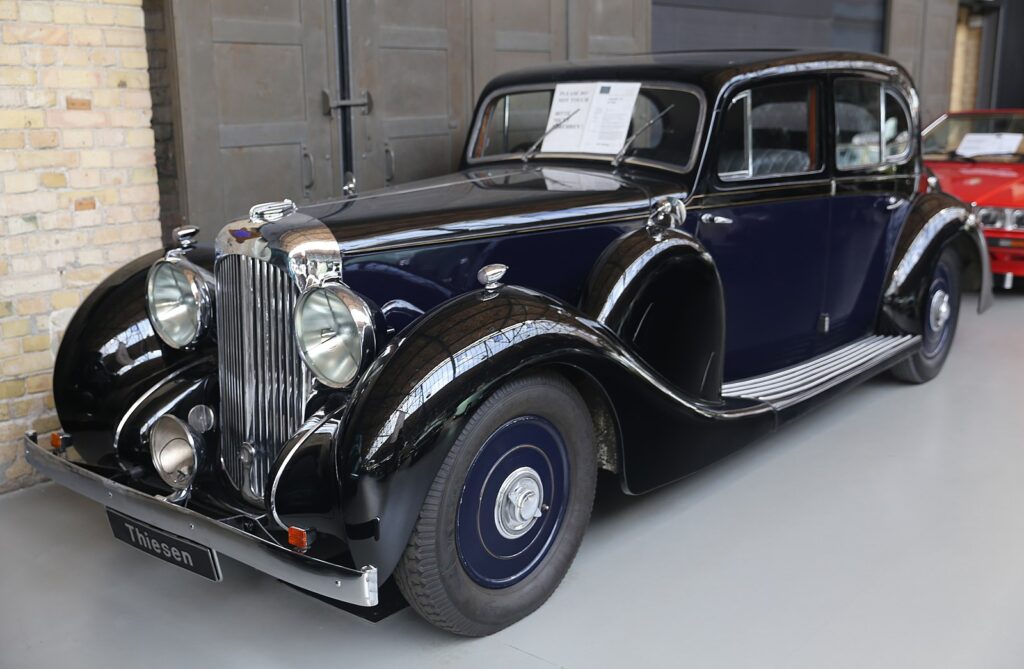
The Lagonda V12 was one of the finest British luxury cars of its era, featuring a 4.5-liter V12 engine that produced 180 horsepower. Known for its smooth ride and impeccable build quality, it was a direct competitor to Rolls-Royce. The V12’s luxurious interior, complete with leather and wood trim, made it a favorite among British aristocracy. Lagonda’s engineering excellence made this model a standout before the brand’s decline.
Alvis TE 21 – Alvis (UK)
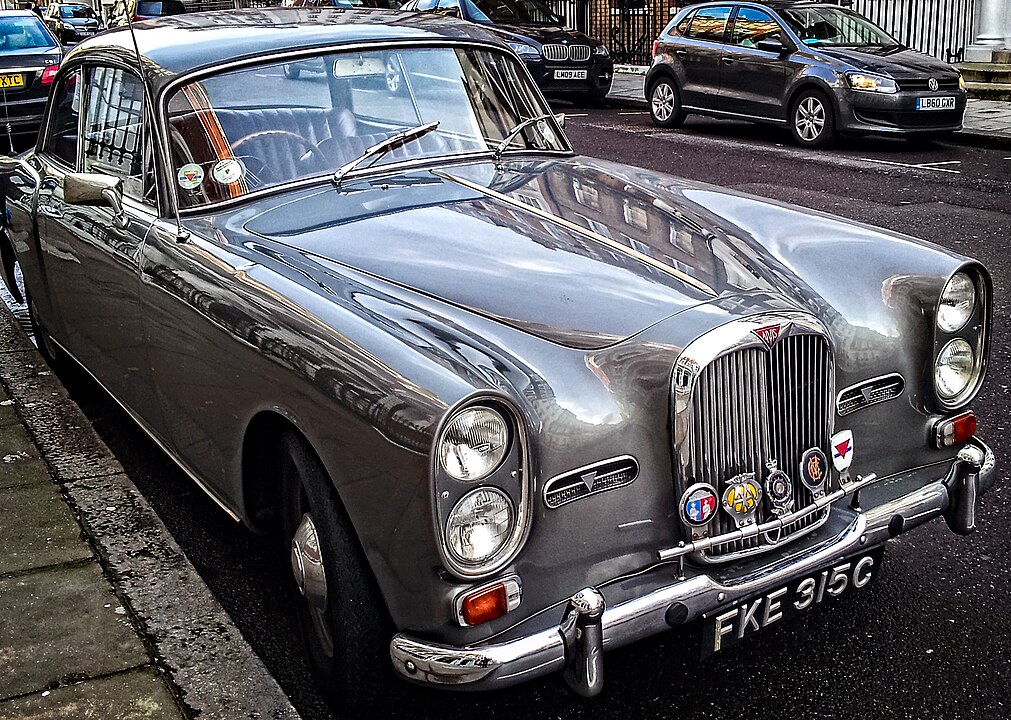
The Alvis TE 21 was the pinnacle of British craftsmanship, offering a hand-built, luxury grand tourer experience. Powered by a 3.0-liter inline-six engine producing 130 horsepower, it provided smooth, reliable performance. Its elegant styling, with distinctive front headlights, and luxurious interiors with leather and wood finishes, made it a symbol of classic British luxury.
Delahaye 135 MS – Delahaye (France)
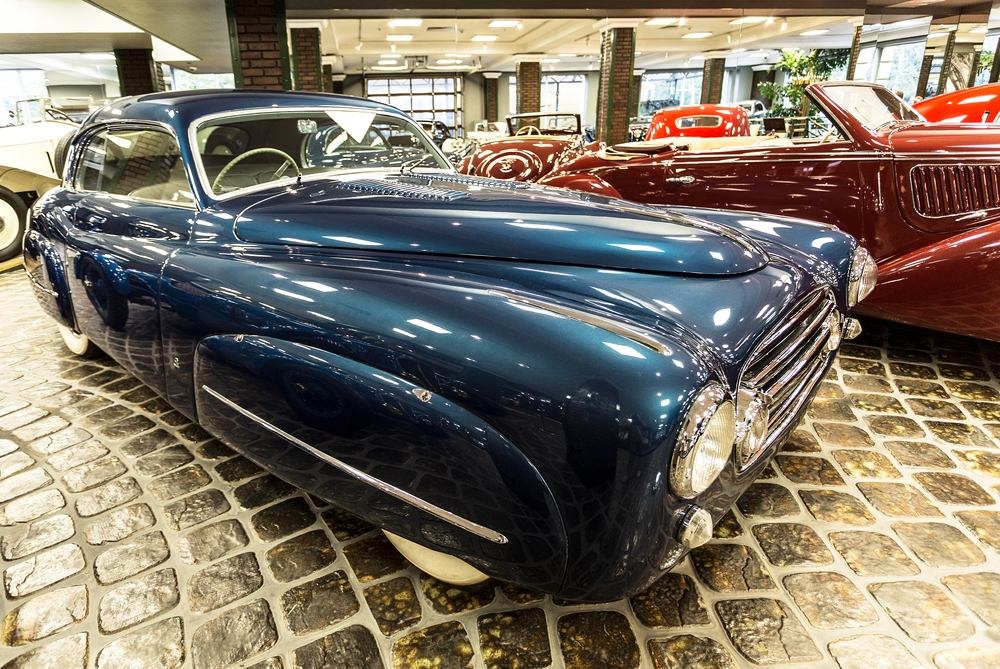
The Delahaye 135 MS was a masterpiece of French coachbuilding and design. Powered by a 3.5-liter inline-six engine capable of producing 160 horsepower, it was both a performance car and a luxury vehicle. The 135 MS was known for its curvaceous bodywork, designed by top coachbuilders, and its luxurious interiors, making it one of the most elegant cars of its time.
Bristol 411 – Bristol (UK)
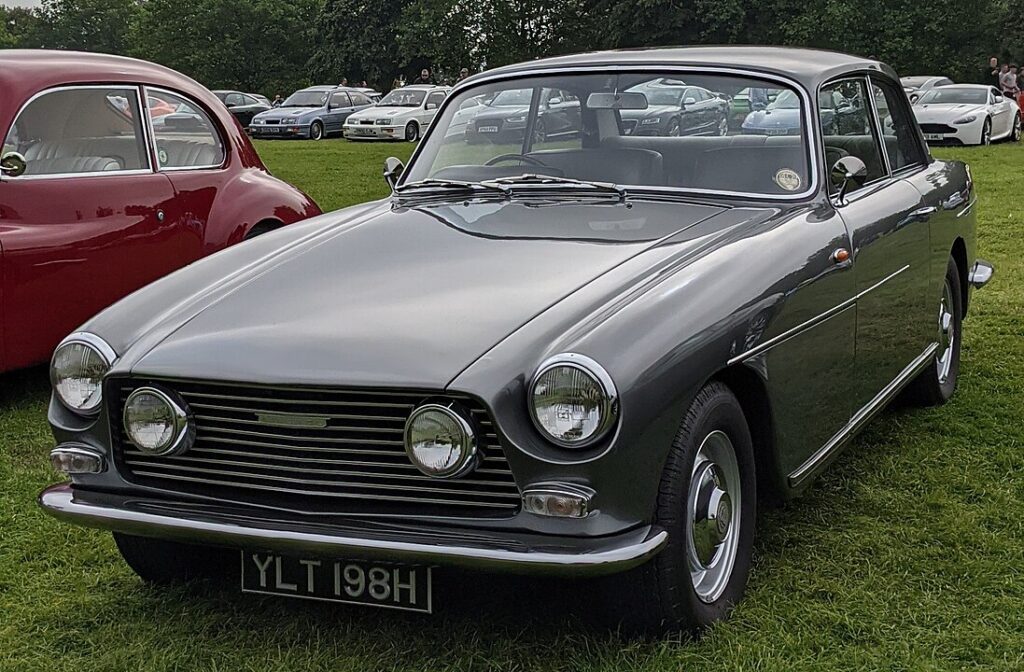
The Bristol 411 was a hand-built luxury car from the now-defunct British automaker, known for its refinement and exclusivity. Powered by a Chrysler V8 engine, it could reach speeds of over 140 mph, offering impressive performance alongside its luxurious, handcrafted interior. With its understated British elegance and smooth ride, the Bristol 411 remains a highly sought-after classic luxury car.
Tatra 603 – Tatra (Czechoslovakia)
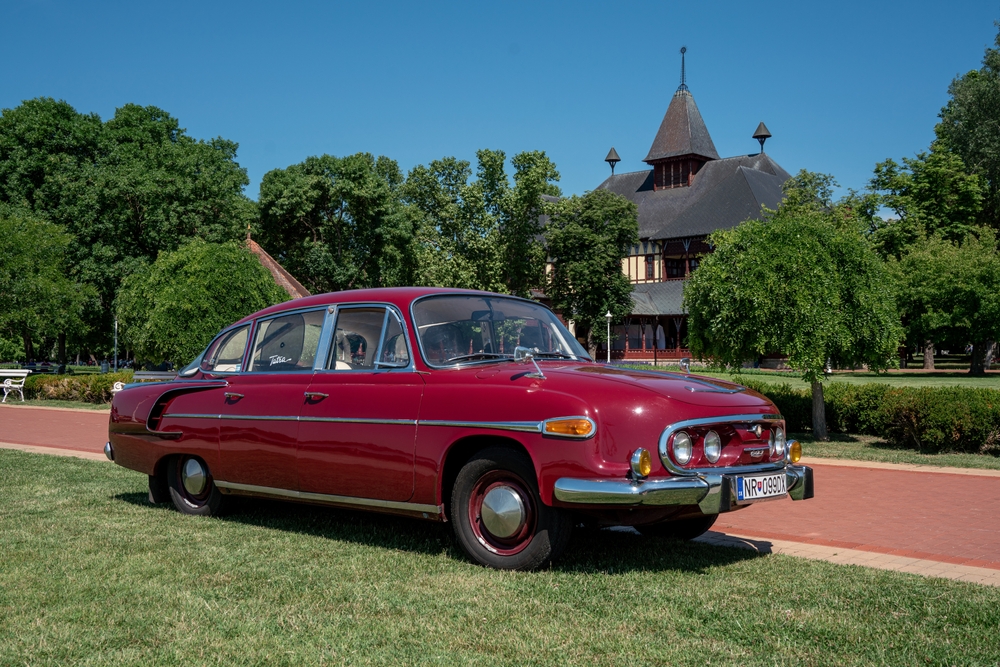
The Tatra 603 was an innovative luxury car from Czechoslovakia, featuring a rear-mounted air-cooled V8 engine. Known for its aerodynamic design and spacious, comfortable interior, it was favored by Eastern European elites during the Cold War era. The 603’s advanced engineering and unique design make it a standout luxury car from a defunct automaker.
Stutz Blackhawk – Stutz (USA)
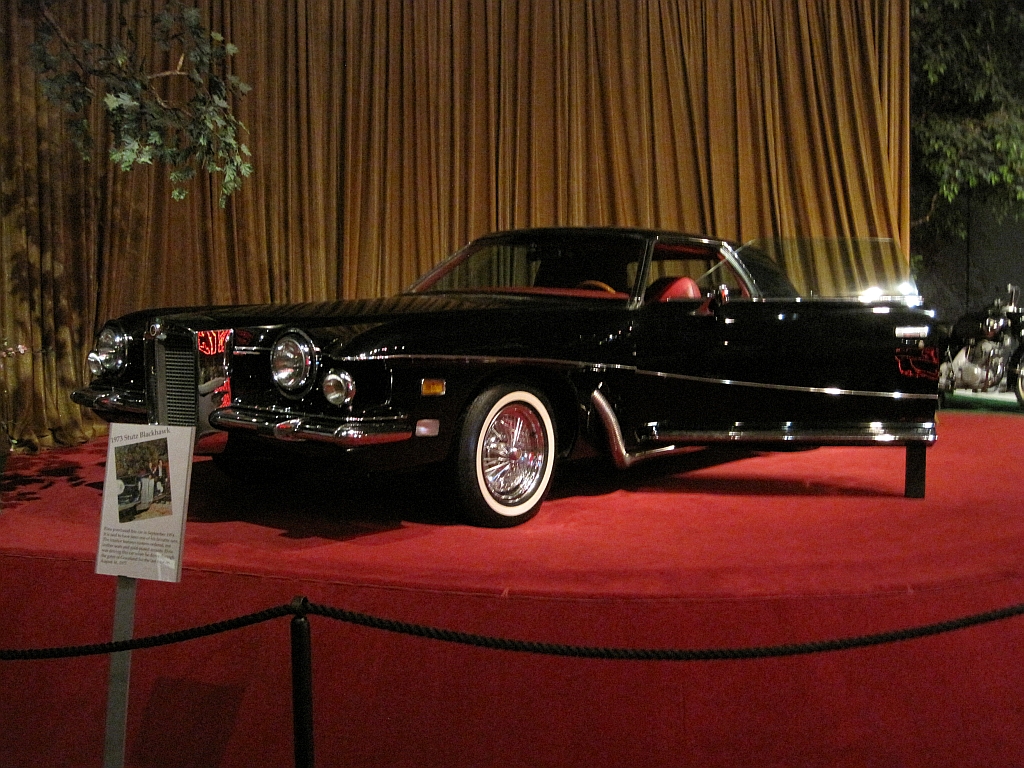
The Stutz Blackhawk was a symbol of 1970s American excess, known for its outlandish design and luxurious features. Powered by a Pontiac V8 engine, the Blackhawk offered a smooth and powerful ride. Its opulent interior, complete with leather, wood, and gold accents, made it a favorite among celebrities. Despite its short production run, the Stutz Blackhawk remains a unique luxury car with a bold presence.
Pierce-Arrow Silver Arrow – Pierce-Arrow (USA)
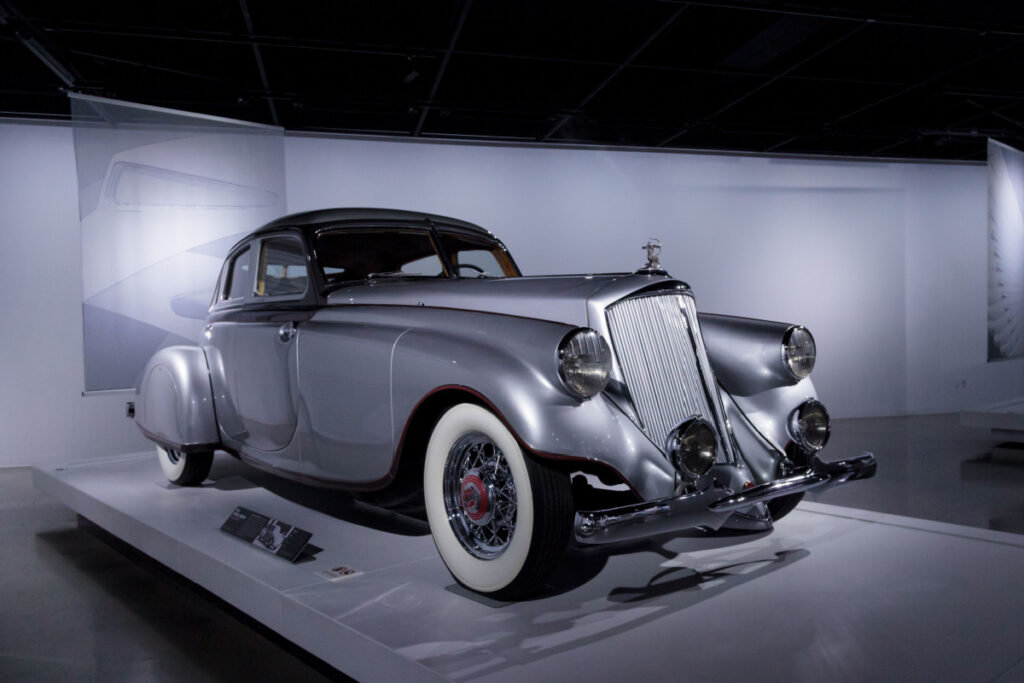
The Pierce-Arrow Silver Arrow was a limited-production luxury car that embodied Art Deco design and innovation. Powered by a V12 engine, it could reach speeds of up to 115 mph, a remarkable feat for its time. The Silver Arrow’s streamlined body and futuristic design made it a standout at auto shows, though it was produced in very limited numbers. Pierce-Arrow’s attention to detail and quality make this car a rare luxury collectible.
This article originally appeared in MyCarMakesNoise.
More from MyCarMakesNoise
20 Worst Parts of Charging an EV You Should Know

Charging an electric car is essential for keeping it running, but it comes with its own set of challenges. From long wait times to limited charging infrastructure, these issues can be frustrating for electric vehicle owners. Read More
20 Restoration Secrets from Veteran Classic Car Collectors

Restoring a classic car is a rewarding endeavor, but it involves a lot more than just fixing up an old vehicle. Classic car collectors have valuable insights that can help you navigate the restoration process more effectively. Read More
20 Futuristic Car Designs That Didn’t Live Up to the Hype

Futuristic car designs often promise cutting-edge technology and groundbreaking aesthetics, but not all of them live up to the hype. Many ambitious concepts have fallen short of expectations, disappointing enthusiasts and buyers alike. Read More



